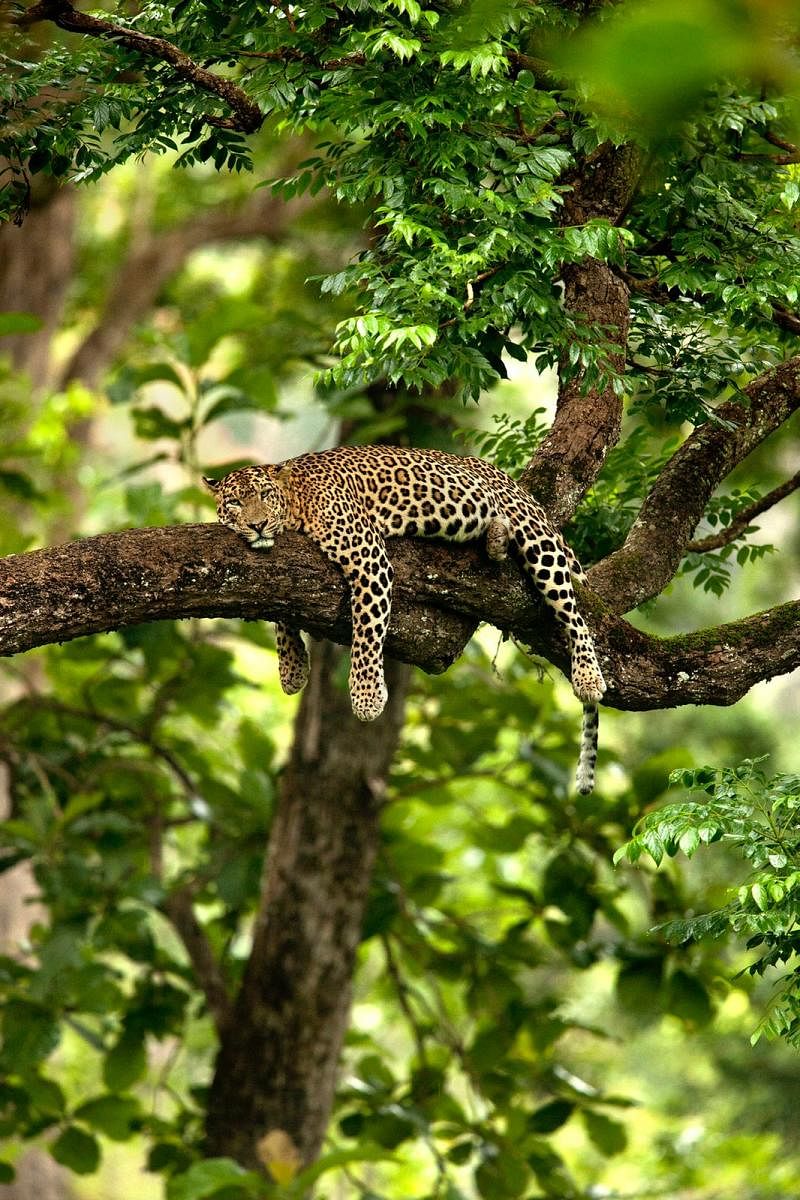
The wildlife of India is getting its own OTT platform, thanks to 25-year-old Suyash Keshari from New Delhi.
“The shows on Animal Planet, Nat Geo Wild, and BBC Earth are dramatic and planned to a tee, which often takes away the authenticity of being in a jungle. On my OTT platform, I’ll keep my safaris into the jungle raw and unfiltered. I will also talk about conservation issues, which the traditional TV doesn’t do often,” the wildlife photographer-filmmaker explains why he is launching Safari With Suyash — TV in two weeks.
Wildlife conservation is at the heart of everything he does — photography, filmmaking, safari tours, web series (‘Safari With Suyash’), and now an OTT channel.
He shares why he is turning to a new medium to tell the story of India’s wildlife, which faces pressures from infrastructure projects, poaching, and pollution: “Because what we can see, we can love. What we can love, we will fight to protect.”
That’s how he got interested in the wildlife too. “I was that kid who would climb a guava tree and wait for birds so we could eat fruits together. I would watch the ants parade by. I would sit by a pond to observe the fish and herons. I would watch wildlife shows instead of Cartoon Network. I would go on jungle holidays.”
It helped that he grew up in Madhya Pradesh, a state that’s dotted with nine national parks, six tiger reserves and 25 wildlife sanctuaries.
Ageism in the industry
The love for jungles wasn’t enough to break into this field.
He is young than most wildlife storytellers in the country, so he “wasn’t taken seriously”. Other times, seniors were too busy to teach. Whatever opportunities he got were “disguised as exploitation or tokenism.”
“They would not give stipend, accommodation, or travel/meal reimbursement. They even tried to take credit for my work.”
And so, at the age of 20, he gave up on his childhood dream and turned to a career in political advocacy. In 2019, he would quit that job to return to wildlife filmmaking, realising that’s where his calling lies.
He has a message for youngsters — study this field deeply so nobody can question “your lack of experience”, create opportunities for yourself, never do things without fair compensation, and when you hit the ground, use long lenses and silent cameras so you don’t disturb the animals.
For Suyash, his area of study has been the Bandhavgarh National Park in Madhya Pradesh, which is a hotspot of the Royal Bengal tiger.
“I have followed many tigers here since they were cubs. I have watched them grow and even pass away due to age, fights with other tigers, poaching or poisoning. I feel like I know each and every single inch of this forest.”
Beyond the tiger
Not only Suyash, but a lot of his counterparts also chase the tiger. Is our tiger obsession hurting the interest of other animals like the Indian Wolf, which is endangered but hardly gets a mention?
Suyash acknowledges the concern, saying India’s wildlife hasn’t gone as mainstream as the tiger, which is a common fodder in films and folklore, and so, raising funds for others may not come easy.
“But by saving the tiger, I can save its habitat. By saving the habitat, I can save countless trees, frogs, bees, reptiles, mammals, insects (that call it home). I can even save the soil and rivers that flow from it,” he argues.
But Suyash surprises us when he says his toughest assignment has been the butterfly, not the tiger. “It took me 2.5 hours of wallowing in the mud to get one crisp shot of the Tiny Grass Blue, one of the smallest butterflies in India.” Likewise, his most famous click is of a leopard from Karnataka’s Nagarhole National Park. He caught the big cat on camera as it lay on a tree amid rains and sun-dappled leaves. The work made it to the Top 10 Sustainable Category Awards by the Smithsonian Natural History Museum in 2016.
Camera for conservation
For Suyash, his reward lies elsewhere. He wants to foster wildlife conservation through his stories.
Like this one: “In my web series, I documented a village in the middle of the Bandhavgarh National Park, named Gohadi. People have built a fence around the village to prevent the herbivores from (raiding and) destroying their farmlands at night. To outsiders, it may feel like they are living in confinement but in truth, they feel safer. After I showed this story to government authorities, many parks in Madhya Pradesh have adopted this approach.”
In the absence of solutions, villagers may try to get rid of the animals to protect their livelihood, he says. The death of Tigress Solo at Bandhavgarh last October is suspected to be one such case of retribution killing by villagers, one that hurt Suyash deeply.
He knew Solo since she was a cub. In an Instagram post, he mourned he could not do enough to save her. So he’s hoping to rally support for tigers and other animals and their habitats with his subscription-based OTT platform.